What is sfumato, and why is it such a delicate painting technique? When you want to create supremely subtle transitions in color, this approach will blow you away.
The sfumato technique remains one of the most compelling styles for me thanks to its dreamy and buttery results. This subtle handiwork inspires me to keep pushing the bounds of my artistic ability.
Do you want to create more depth in your work like da Vinci and Caravaggio? This guide will explore the sfumato technique, how it developed over the centuries, then share some tips for getting started.
Contents
What is Sfumato?
What is sfumato? It’s a brilliant painting method found throughout the Italian Renaissance – the sfumato definition involves a soft transition between color and creating blurred backgrounds.
The word sfumato is either an adjective or a verb in Italian to refer to something as blurry or smoky. This brilliantly subtle approach ensures you can create exceptionally soft skin tones or smooth skylines.

Sfumato is also helpful for recreating how the human eye perceives distance. Similar to how depth of field in photography, sfumato will blur the background to sharpen subjects in the foreground.
You’ll regularly find sfumato art in oil paintings, though you can use it for any painting medium.
You can also combine this technique with other approaches…
What is the Difference Between Chiaroscuro and Sfumato?
Chiaroscuro and sfumato are similar by creating more depth in a painting, though through different means. Sfumato smooths the transitions between light and dark tones, while chiaroscuro focuses on dramatic shadows.
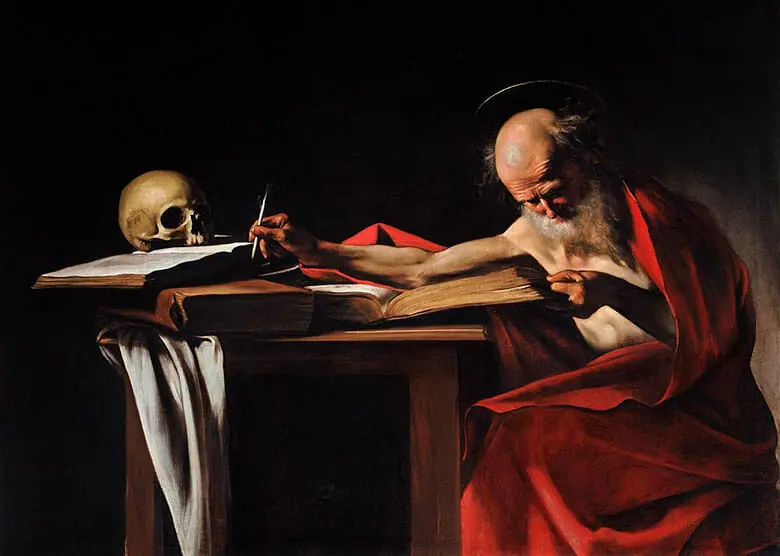
Both of these techniques gained prominence as a Renaissance art method. The above example is chiaroscuro, while the example below is sfumato.
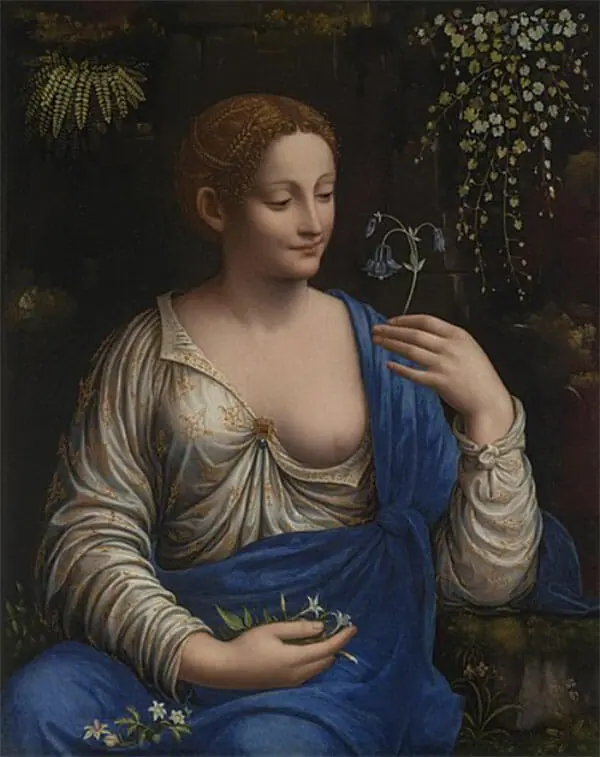
What is Similar to Sfumato?
Another technique similar to sfumato is unione, a technique that softens harsh edges in a painting. It’s rare to find this technique separate from sfumato or chiaroscuro.
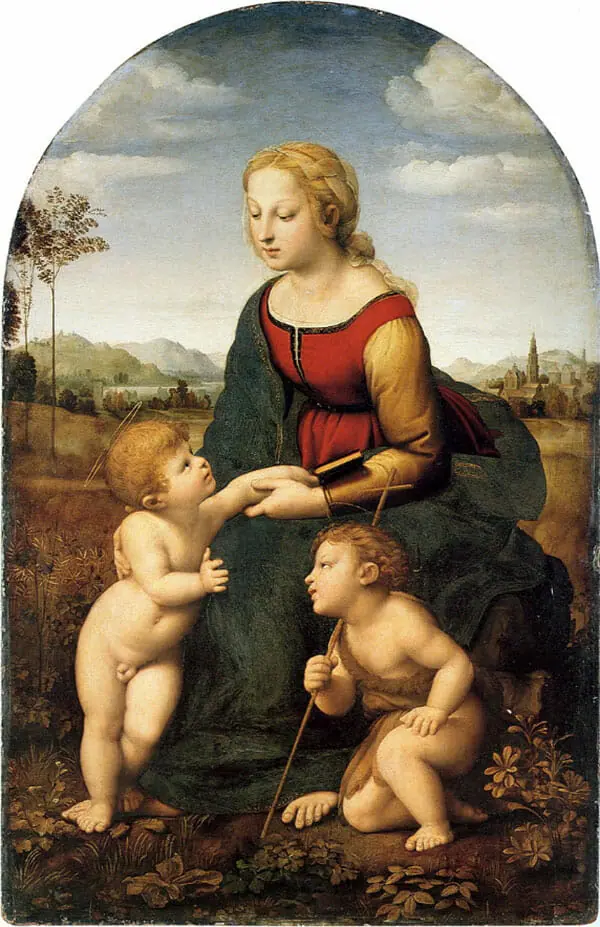
Many beginner painters wonder how to make objects ‘peel’ out of space. Unione replicates the incredibly subtle blurred outline we see in everyday life, such as the edges of a sofa or peach fuzz on someone’s cheek.
A Look at Sfumato’s Fascinating History
Leonardo da Vinci created the sfumato technique, combining his artistic skill with his experimental research into how the human eye works. The students of da Vinci – dubbed the Leonardeschi – would continue this technique in their own paintings.
Famous artists such as Giorgione and Caravaggio would pick up the sfumato technique themselves. We’ll take a look at some examples below so you can see what makes this technique so compelling.
What are Examples of Sfumato?
Sfumato gained prominence during the Renaissance – you name a famous painting, you’ll probably find the technique in action. Let’s start with da Vinci, the creator of the technique.
The Mona Lisa by Leonardo da Vinci
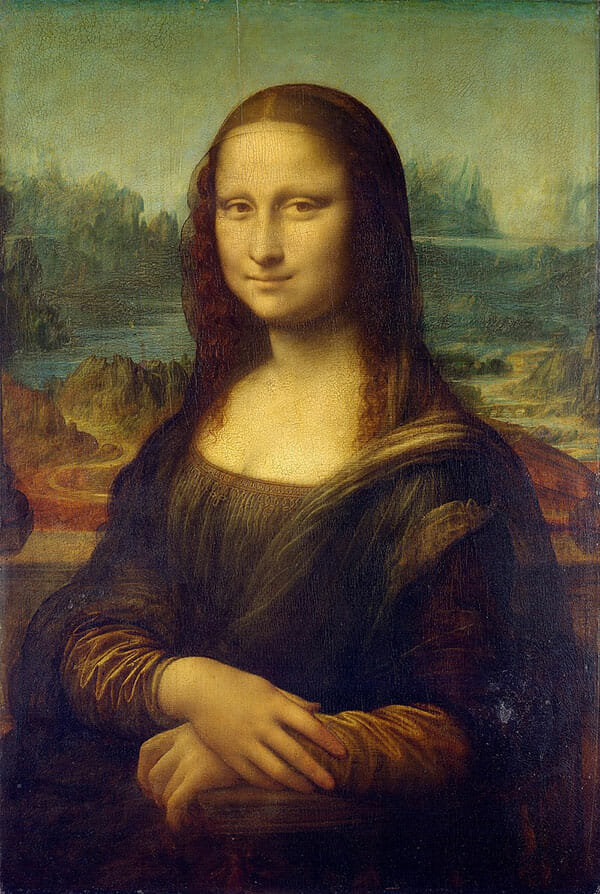
Art historians continue to discuss the impact of the Mona Lisa to this day. You can see many of the staples of the sfumato definition throughout Leonardo da Vinci’s iconic work.
Firstly, take a look at the fine shading along the side of the woman’s face. He softened and blurred rough edges to make her seem real enough to be right before you. Her skin tone is exceptionally soft and is virtually unbroken by dramatic light or shadow.
The technique doesn’t end there – the background has a pleasant haziness similar to fog or mist. Leonardo da Vinci put a lot of work into understanding how the human eye perceives changes in the atmosphere, and it shows. All in all, the Mona Lisa is a visual masterwork of subtle shifts contrasting with thick texture.
The Last Supper by Leonardo da Vinci
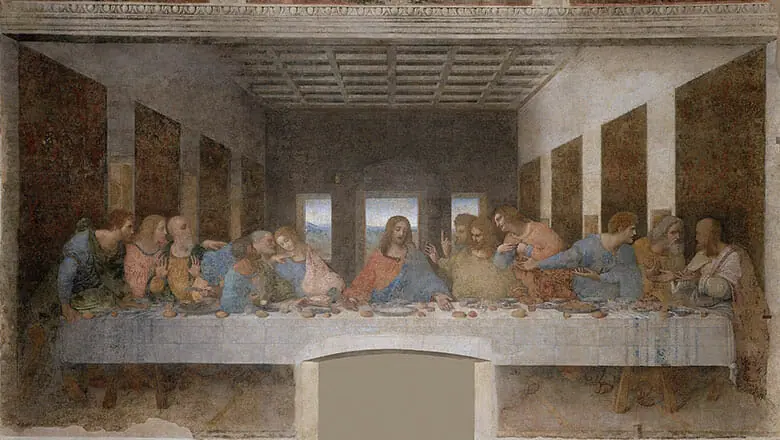
Leonardo da Vinci also showcased the sfumato technique in his iconic The Last Supper painting. Like the Mona Lisa, this painting has a distinct haziness that appears like smoke.
The blurred edges on the skin and clothes here give the entire work a dreamlike effect. You don’t feel like you’re looking at a photo but recalling a hazy memory.
Since this painting originates from a timeless scenario in the Bible, the sfumato technique creates a fittingly ancient mood. This approach is a stellar example of how technique goes a long way to enhance the subject matter.
You can also see sfumato art in the background, such as the faintly receding background. It’s not just the single-point perspective that does the work, but the indistinct detail in the far wall and hills.
Youth Holding an Arrow by Giorgione
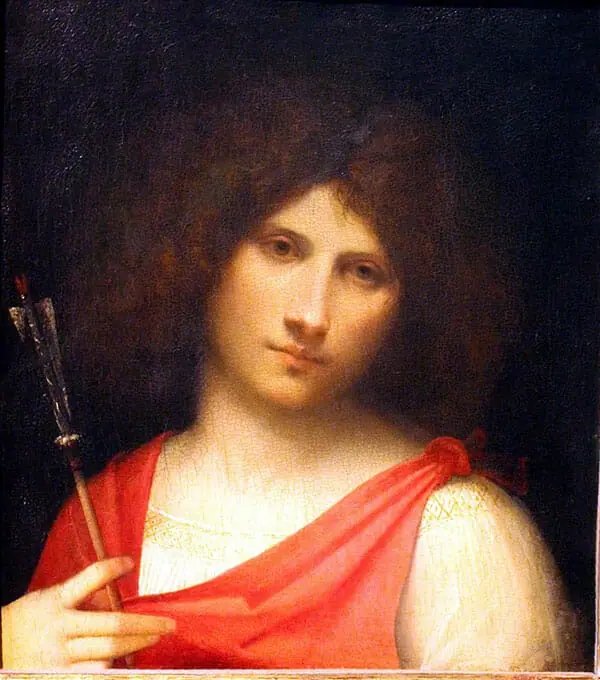
Leonardo da Vinci wasn’t the only one who worked well without lines or borders. Giorgione deeply understood the sfumato effect and used it well in this elegantly simple portrait.
The skin tone here is exceptionally subtle, showing multiple bright areas along the forehead, nose, and cheeks. While there are cast shadows beneath the nose and lip, there are no harsh outlines. Similar to the Mona Lisa, hard edges are used sparingly to contrast with the blurry areas of the painting.
Giorgione also uses sfumato to blend the subject into the dark background. You can’t distinguish any hard edges between the hair and the darkness. As such, the Youth Holding An Arrow seems to naturally ease out of the darkness.
Nativity by Antonio da Correggio

Curious to see what other old masters could do with dark areas and soft transitions? Nativity by Antonio da Correggio stuns with multiple painting techniques in one place.
You can see sfumato in the delicate transitions along everyone’s skin. The background also has very subtle blurring to simulate the atmospheric perspective of hills in the distance. Think again of the Mona Lisa’s blurred background, and you can see why this technique endures the test of time.
Chiaroscuro also appears in the intense, heavy shadows bordering the entire piece. You can feel the nighttime chill, making the warm light and festive air feel joyous.
What are Tips for Using the Sfumato Technique?
Alongside studying the techniques that helped make Leonardo da Vinci famous, I’ll share tips for getting started with sfumato across a variety of painting mediums.
Use a Soft Hair Brush for Blending
The dry brush technique is a reliable method for creating sfumato art – this technique uses the tip of a paintbrush with no water or oil. I recommend a soft hair brush to reduce the risk of cheap bristles ‘catching’ on your surface and leaving marks.
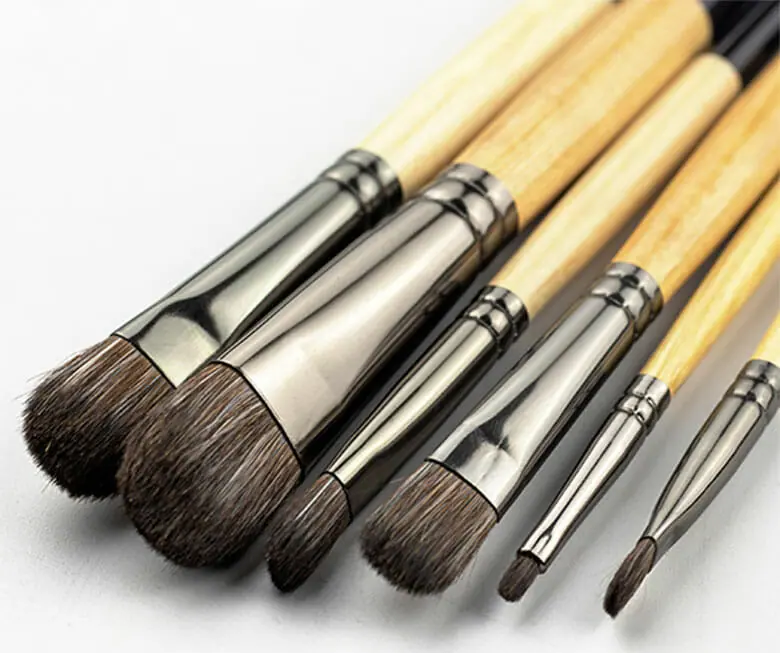
A soft hair brush evenly distributes paint so it’s less likely to bunch or bleed, allowing you to create seamless transitions. With practice, you’ll learn how to create numerous thin coats with acrylic medium or oil additives.
A larger brush is essential to use sfumato for the background. Bigger brushes mean you don’t have to go over the area too many times. You’ll also save time versus a smaller brush.
Try Additives to Slow Drying Time
Speaking of additives, both acrylic paints and oil paints benefit from additives to slow drying time. This feature allows the painter to work gradually at an area until it’s buttery soft.
Poppyseed oil is wonderful for slowing down the drying time of oils, letting you paint for five to seven days before everything dries. Acrylic paints have slow-drying mediums, which last between fifteen to thirty minutes. As you experiment and practice with painting, you may find additives, and a soft hair brush yields the best result!
Just remember too many additives can weaken the paint, causing it to peel or crack. Just a drop or two to your paint will be enough for a large area.
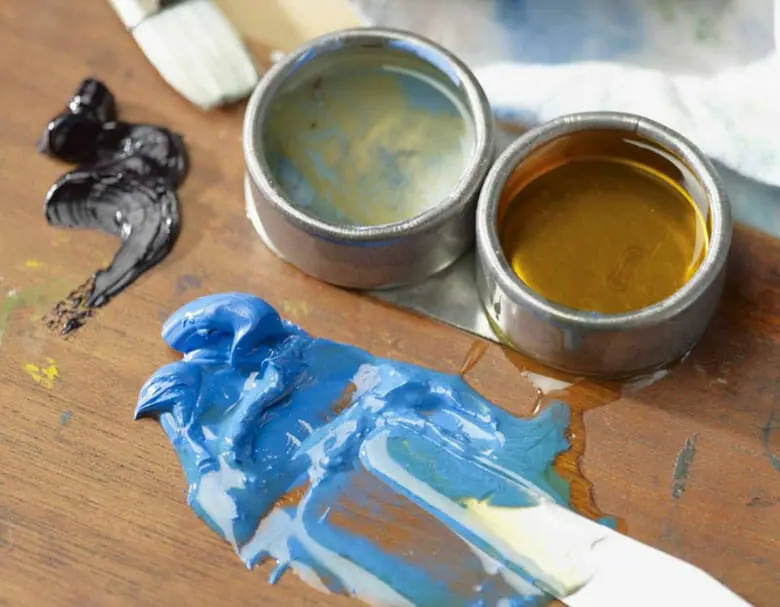
Be Mindful of Where You Use Sfumato (and Why)
Take a note out of the book of Leonardo da Vinci – sfumato looks best when it has contrast. If too much of your painting is blurry and indistinct, it may be hard for the viewer to read.
I highly suggest starting with one area of a painting when practicing, such as a person’s face or the sky. Starting small will reduce pressure while yielding a stronger result. After all, if just one part is soft and smoky, you can reference it with harder areas.
What Great Paintings Say. 100 Masterpieces in Detail is a useful resource to get strategic about what techniques you use and how they tell a story. You’ll learn from art historians and art critics what old masters were thinking when putting together their masterpieces.
Sfumato is a Subtle Technique Worth Mastering
From the Mona Lisa to The Girl With The Pearl Earring, sfumato has awed and inspired for centuries. It’s a subtle technique that will breathe more dimension and nuance into your subject matter.
Still learning your way around oil painting? Check out these excellent online oil painting classes for beginners if you need a great starting point for your painting journey.
Featured Image: Virgin Of The Rocks by Leonardo Da Vinci


